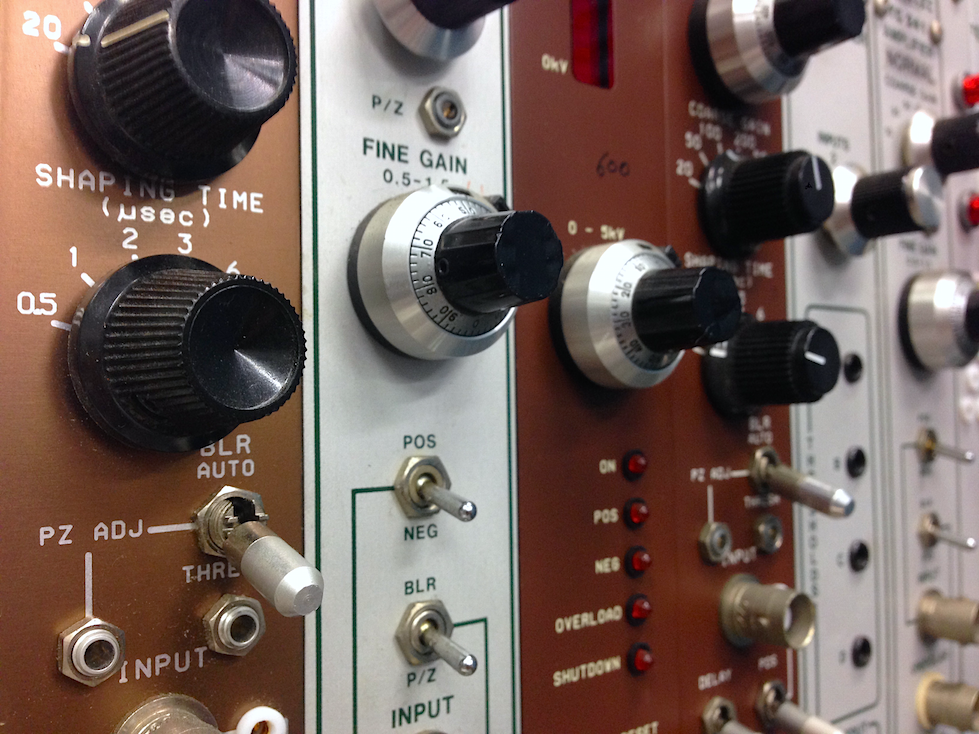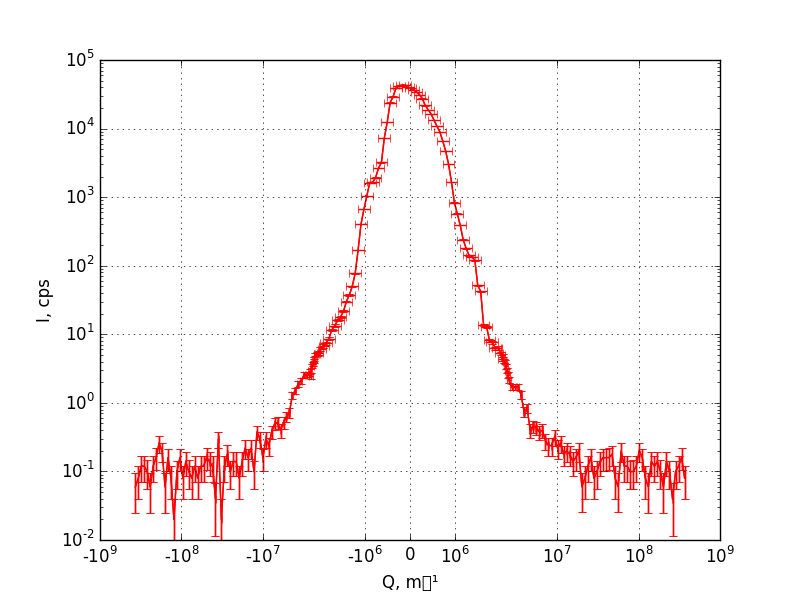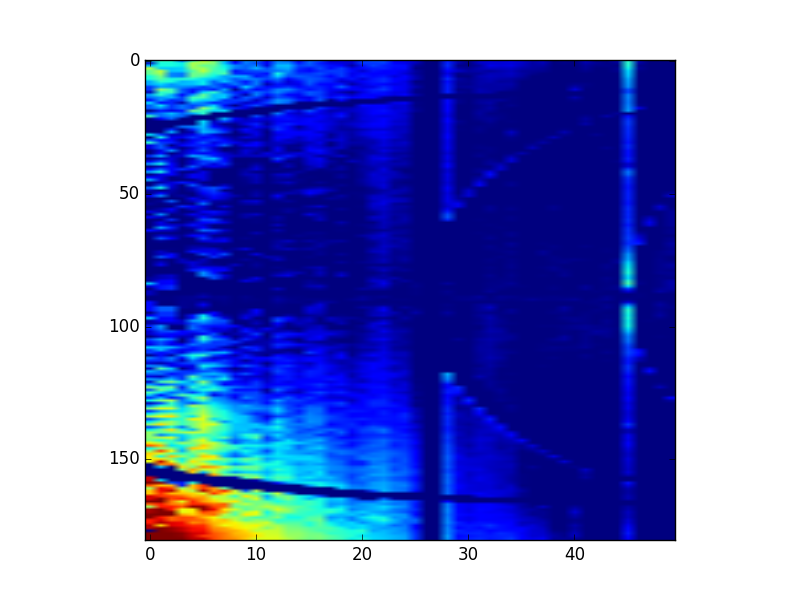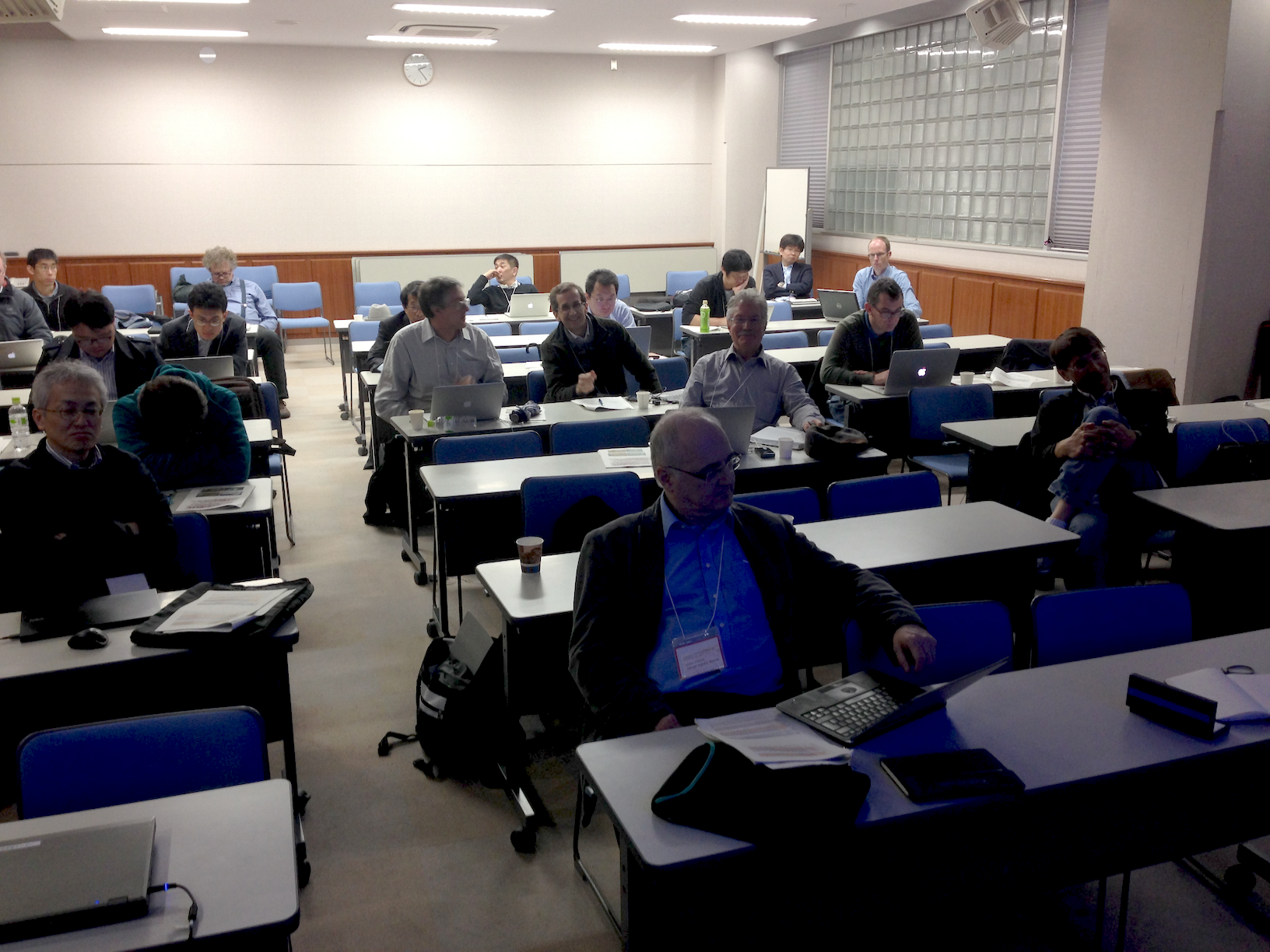
The McSAS paper is out and open access!
Analysis of small-angle scattering patterns is never easy, not for monodisperse protein samples, nor for samples containing polydisperse scatterers (which has been the focus of […]

Analysis of small-angle scattering patterns is never easy, not for monodisperse protein samples, nor for samples containing polydisperse scatterers (which has been the focus of […]

During the daytime, I am spending most of my time getting the new detector to work somehow (strange problems abound). In the evenings, however, I […]

At long last, I managed to make a video showing the current state of the Ultra-SAXS instrument. The video can be seen here:

This week is special in Japan: only Thursday and Friday are working days (unfortunately the highways are stuck on the holidays making it impossible to […]

I thought I would show you the first results today from version two of the “open” Bonse Hart Ultra-SAXS instrument. This instrument took a while […]

During last week’s CanSAS meeting, I showed some new results on the coherence story. These appear to support the concepts raised earlier quite well.

Days two and three were as hectic, if not more, than day one.

Today was the first day of the CanSAS meeting (the eighth) held in Tokai this time. Apart from meeting amazing people, I also got the […]

Today, I would like to list some interesting developments in open instrumentation. Also, I want to drop a quick note on the Guinier prize of […]

Thanks to Benjamin Abécassis (via Twitter), I got involved in an interesting project. Dr. Abécassis and coworkers had been doing in-situ measurements during synthesis of […]
Copyright © 2025 | WordPress Theme by MH Themes